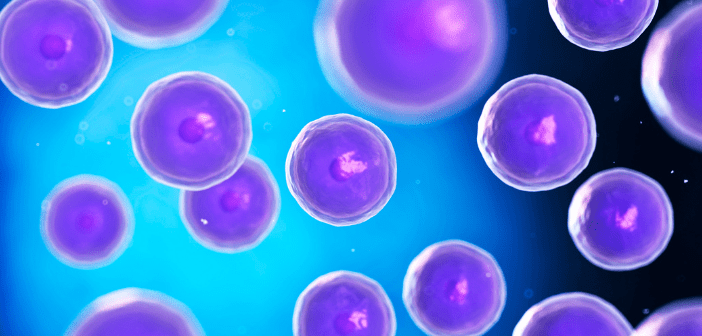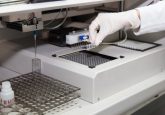Hybrid LC–MS as a powerful tool for supporting protein bioanalysis in gene and cell therapies

D Wei , Y Kim, H Sugimoto, L Dong & M G Qian | Bioanalysis, 12(14), 977-979 (2020)
Keywords: • bioanalysis • cell therapy • gene therapy • hybrid LC–MS
Gene and cell therapies are promising new therapeutic modalities for treatment of inherited and acquired diseases [1]. In gene therapy, exogenous DNA or RNA are introduced into targeted cells via a viral vector or a nonviral carrier to override the faulty gene and restore its normal function. In cell therapy (for example, chimeric antigen receptor T cell [CAR-T]), autologous or allogenic immune cells engineered ex vivo to express target receptors and immune modulators are infused into humans to induce immune responses and kill cancer cells. Both modalities have demonstrated a promising curative potential after a single treatment and hundreds of drug candidates are currently under evaluation in clinical trials.
To develop the complex modalities, a repertoire of genomic, ligand-binding assay (LBA) and cell-based assay are generally necessary for assessing biodistribution, persistence, efficacy and immunogenicity of the therapeutic products – with the bioanalytical support focusing on the transgene products, key effectors of the therapies and other related biomarkers. In particular, a number of bioanalytical challenges have emerged which are associated with quantification of transgene expressed proteins and the protein biomarkers in preclinical studies which call for specific, selective and sensitive assay solutions.
Hybrid LC–MS is a methodology that selectively extracts protein analytes based on immunoaffinity and measures the enriched analytes after proteolytic digestion. In the method, it monitors the protein surrogate signature peptides by LC–MS using stable isotope labeled proteins or peptides as internal standards. The method has demonstrated high selectivity and sensitivity and has been broadly used for the bioanalysis of protein biotherapeutics and biomarkers [2–5] and is thus uniquely positioned as a powerful tool to complement the common LBA assays for protein bioanalysis in supporting gene and cell therapies.





